
Colchester
The University of Essex is a public research university in Essex, England. Established by royal charter in 1965, it is one of the original plate glass universities. The university shield consists of the ancient arms attributed to the Kingdom of Essex, and the motto, "Thought the harder, heart the keener", is adapted from the Anglo-Saxon poem The Battle of Maldon. It comprises three campuses in the county, in Southend-on-Sea and Loughton, with its primary campus in Wivenhoe Park.

Edinburgh
The University of Edinburgh is a public research university based in Edinburgh, Scotland. Founded by the town council under the authority of a royal charter of King James VI in 1582 and officially opened in 1583, it is one of Scotland's four ancient universities and the sixth-oldest university in continuous operation in the English-speaking world. The university played an important role in Edinburgh becoming a chief intellectual center during the Scottish Enlightenment and contributed to the city being nicknamed the "Athens of the North." Edinburgh is ranked among the top universities in the United Kingdom and the world

London
University of East London (UEL) is a public university located in the London Borough of Newham, London, England, based at three campuses in Stratford and Docklands, following the opening of University Square Stratford in September 2013. The University of East London began as the West Ham Technical Institute and it was officially opened in October 1898 after approval was given for the construction of the site by the West Ham Technical Instruction Act Committee in 1892 following the Technical Instruction Act of 1889. It gained university status in 1992

Norwich
The University of East Anglia (UEA) is a public research university in Norwich, England. Established in 1963 on a 320-acre (130-hectare) campus west of the city center, the university has four faculties and 26 schools of study. The annual income of the institution for 2020–21 was £292.1 million, of which £35.2 million was from research grants and contracts, with an expenditure of £290.4 million, and had an undergraduate offer rate of 85.1% in 2021. UEA alumni and faculty include three Nobel laureates, a discoverer of Hepatitis C and of the Hepatitis D genome, a lead developer of the Oxford–AstraZeneca COVID-19 vaccine, one President of the Royal Society, and at least 48 Fellows of the Royal Society. Alumni also include heads of state, government, and intergovernmental organizations, as well as three Booker Prize-winning authors

Dundee
The University of Dundee is a public research university based in Dundee, Scotland. It was founded as a university college in 1881 with a donation from the prominent Baxter family of textile manufacturers. The institution was, for most of its early existence, a constituent college of the University of St Andrews, alongside United College and St Mary's College, located in the town of St Andrews itself. Following significant expansion, the University of Dundee gained independent university status by royal charter in 1967 while retaining elements of its ancient heritage and governance structure

Derby
The University of Derby, formerly known as Derby College, is a public university in the city of Derby, England. It traces its history back to the establishment of the Derby Diocesan Institution for the Training of Schoolmistresses in 1851. It gained university status in 1992. The university provides over 300 study programs at the undergraduate level. Undergraduate programs as well as short courses, foundation degrees, and postgraduate degrees cover most academic disciplines and sub-disciplines. Currently, the university is home to around 34,000 students in all areas of study
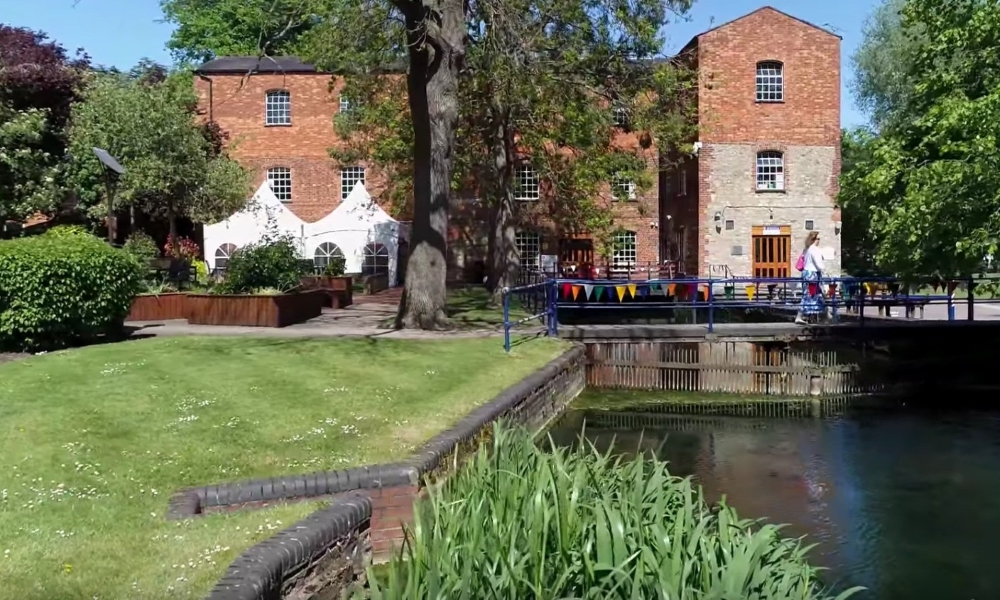
Chichester, England
The University of Chichester is a public university located in West Sussex, England, which became a university in 2005. Campuses are based in the city of Chichester and the nearby coastal resort of Bognor Regis and an associate campus for commercial music on the Isle of Wight. The University of Chichester has 14 departments, with specialisms including Humanities, Sport, Musical Theatre, acting, and Education. Its heritage stretches back to the nineteenth century when, in 1839, Bishop Otter College was established. Since 2013, both campuses have seen major expansion-led building works through National Lottery funding and other funding. The University of Chichester is a member of The Cathedrals Group.
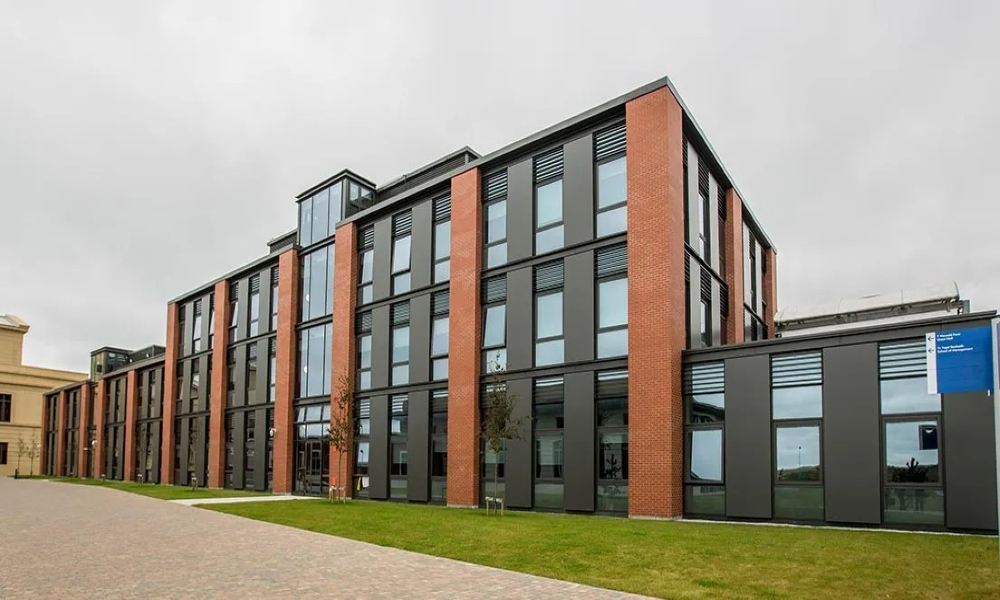
Chester, England
The University of Chester is a public university located in Chester, England. The university originated as the first purpose-built teacher training college in the UK. As a university, it now occupies five campus sites in and around Chester, one in Warrington, and a University Centre in Shrewsbury. It offers a range of foundational, undergraduate, and postgraduate courses, as well as academic research.

Buckingham, London
The University of Buckingham (UB) is a non-profit private university in Buckingham, England, and the oldest of the country's five private universities.[a] It was founded as the University College at Buckingham (UCB) in 1973, admitting its first students in 1976. It was granted university status by royal charter in 1983.[1] Buckingham offers bachelor's degrees, master's degrees, and doctorates through five "schools" (or faculties) of study. Buckingham was closely linked to Margaret Thatcher, who as Education Secretary oversaw the creation of the university college in 1973, and was instrumental in elevating it to a university in 1983 – thus creating the first private university in the UK since the establishment of the University Grants Committee in 1919.

Swansea, Wales
Swansea University is a public research university located in Swansea, Wales, United Kingdom. It was chartered as the University College of Swansea in 1920, as the fourth college of the University of Wales. In 1996, it changed its name to the University of Wales Swansea following structural changes within the University of Wales. The title of Swansea University was formally adopted on 1 September 2007 when the University of Wales became a non-membership confederal institution and the former members became universities in their own right

Stirling, Scotland
Stirling was the first new university to be established in Scotland for nearly 400 years. The original site of the campus was selected from a shortlist of competing sites, which include Falkirk, Perth, and Inverness. The author of the Robbins Review, which recommended an expansion of the number of universities in the UK during the 1960s, Lord Robbins, was appointed as the university's first chancellor in 1968. In 1967 a house for the university principal Tom Cottrell was completed, designed by architects Morris and Steedman. It was listed as category A in 2009
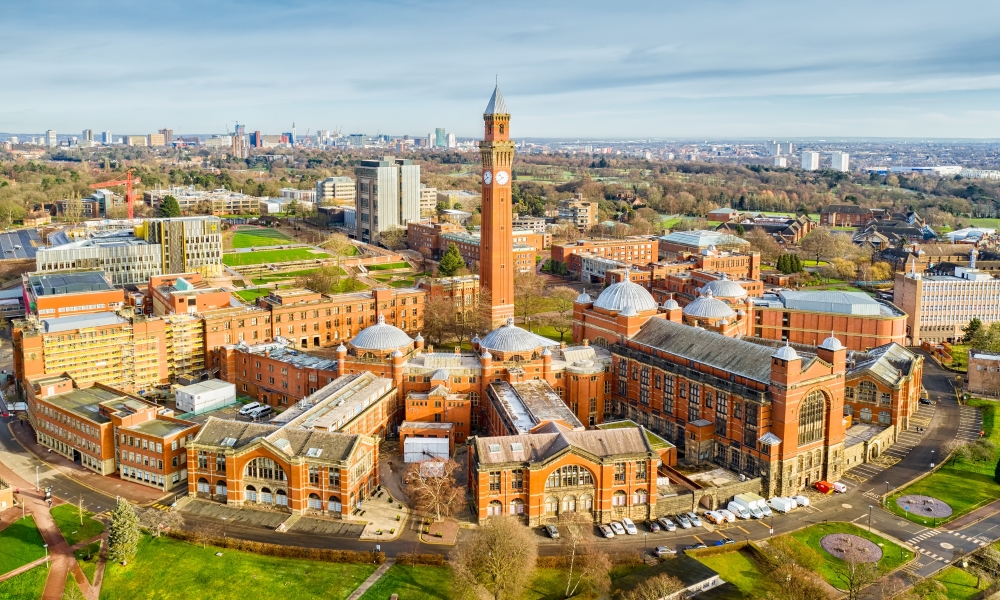
Bristol, United Kingdom
The earliest antecedent of the university was the engineering department of the Merchant Venturers' Technical College (founded as a school as early as 1595) which became the engineering faculty of Bristol University. The university was also preceded by Bristol Medical School (1833) and University College, Bristol, founded in 1876, where its first lecture was attended by only 99 students. The university was able to apply for a royal charter due to the financial support of the Wills, Fry, and Colston families, who made their fortunes in tobacco plantations, chocolate, and (via Edward Colston) the transatlantic slave trade, respectively. A 2018 study commissioned by the university estimated 85% of the philanthropic funds used for the institution's foundation were directly connected with the transatlantic slave trade
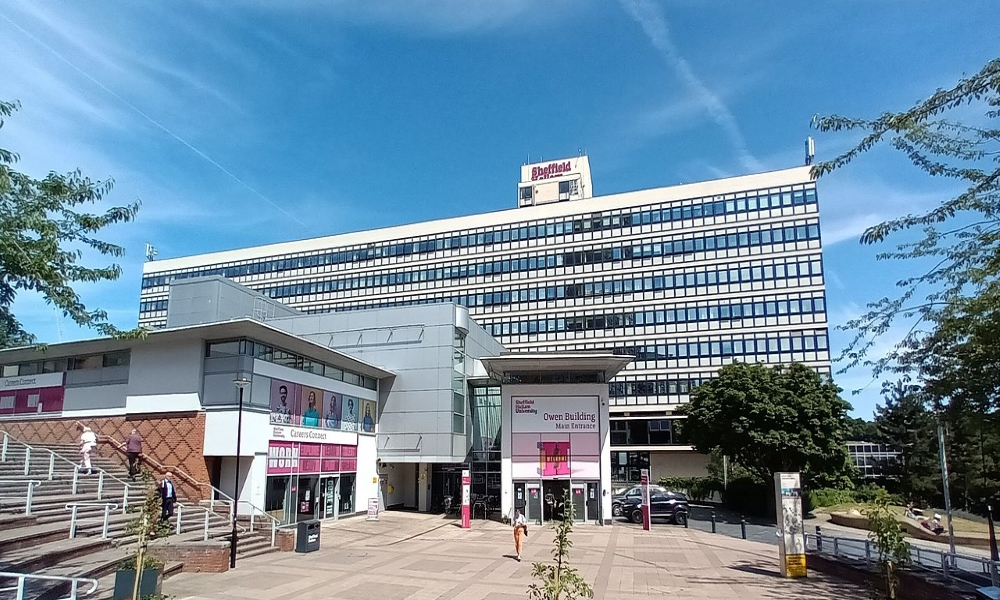
Stoke-on-Trent, England
Staffordshire University is a public research university in Staffordshire, England. It has one main campus based in the city of Stoke-on-Trent and four other campuses; in Stafford, Lichfield, Shrewsbury, and London. In 1901, industrialist Alfred Bolton acquired a 2-acre (8,100 m2) site on what is now College Road, and in 1906 mining classes began there. In 1907, pottery classes followed, being transferred from Tunstall into temporary buildings, and in 1914 the building now known as the Cadman Building was officially opened as the Central School of Science and Technology by J. A. Pease, President of the Board of Education. A frieze over the entrance depicts potters and miners. In 2013, the Library Conference room in the Cadman Building was renamed the Alfred Bolton Room.

Brimingham
The University of Birmingham (informally Birmingham University) is a public research university located in Edgbaston, Birmingham, United Kingdom. It received its royal charter in 1900 as a successor to Queen's College, Birmingham (founded in 1825 as the Birmingham School of Medicine and Surgery), and Mason Science College (established in 1875 by Sir Josiah Mason), making it the first English civic or'red brick' university to receive its royal charter. It is a founding member of both the Russell Group of British research universities and the international network of research universities.
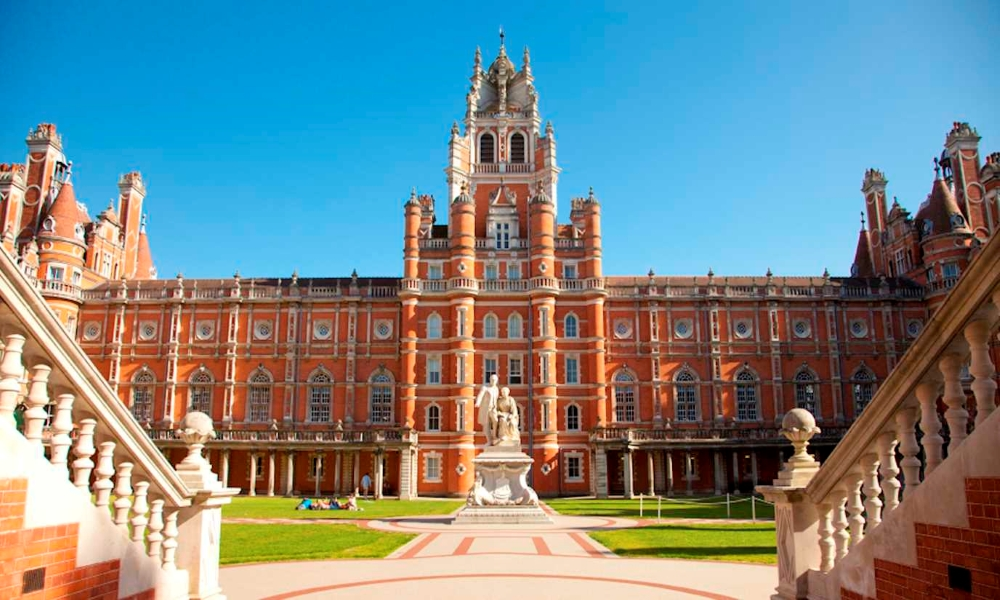
Sheffield, England
Sheffield Hallam University (SHU) is a public research university in Sheffield, South Yorkshire, England. The university is based on two sites; the City Campus is located in the city center near Sheffield railway station, while the Collegiate Crescent Campus is about two miles away in the Broomhall Estate off Ecclesall Road in southwest Sheffield. A third campus at Brent Cross Town in the London Borough of Barnet is expected to open for the 2025-26 academic year. The university is the 14th largest university in the UK (out of 169) with 30,960 students (of whom 4,400 are international students), 4,494 staff, and 708 courses
Book a free one-on-one counselling session with our destination expert today.